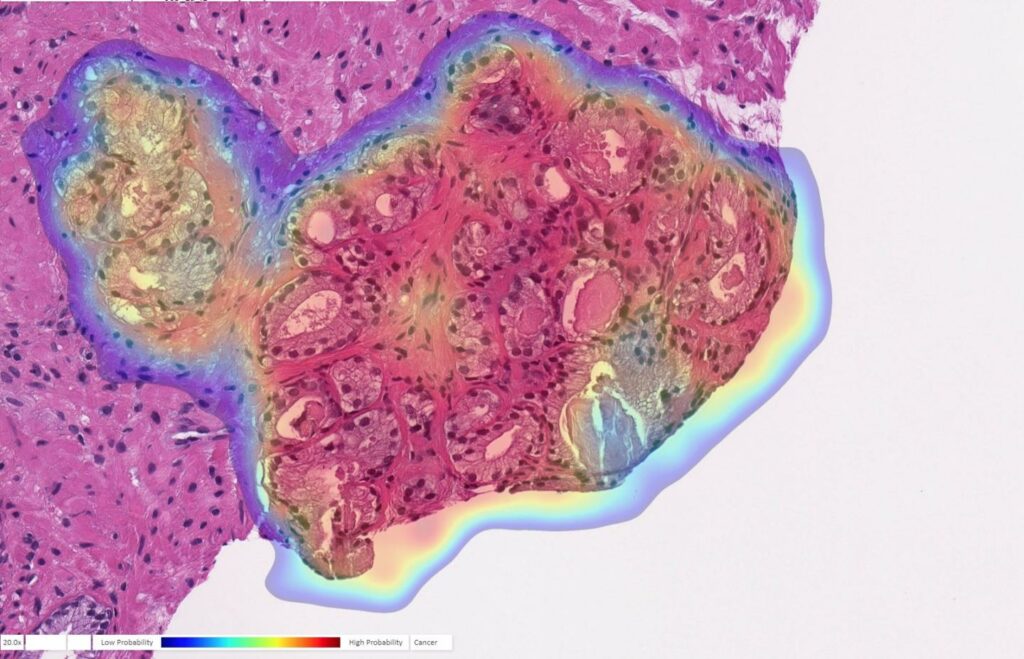The algorithm was able to identify cancer from biopsies with comparable results to an experimented pathologist — and the algorithm could be applied to detecting other types of cancer.

Pattern recognition is one of the things artificial intelligence (AI) does best, which makes it excellently suited for medical imaging analysis. We’ve already seen algorithms detect several diseases with doctor-like accuracy, and the results keep improving. This approach has the potential to accelerate the detection of numerous conditions and to supplement the medical workforce and expertise.
In the latest such effort, an AI was trained to detect prostate cancer from biopsy samples. The researchers started with a million image samples that had been previously labeled by expert pathologists. The AI was ‘taught’ to detect cancer and was then tested on 1,600 slides taken from 100 patients from the University of Pittsburgh Medical Center (UPMC) who were suspected of prostate cancer.
It did very well. The algorithm demonstrated 98% sensitivity and 97% specificity — in other words, it correctly detected those with the disease in 98% of the time (sensitivity), and correctly detected those without the disease in 97% of the time (specificity).
The results are comparable to those of experienced doctors, researchers say.
“Humans are good at recognizing anomalies, but they have their own biases or past experience,” said senior author Rajiv Dhir, M.D., M.B.A., chief pathologist and vice chair of pathology at UPMC Shadyside and professor of biomedical informatics at Pitt. “Machines are detached from the whole story. There’s definitely an element of standardizing care.”
In addition, the algorithm’s usefulness extends beyond cancer detection. It was also able to flag other tumor parameters, such as grade, size, and invasion of the surrounding nerves, which are clinically important features.
In addition, the AI also flagged six slides that were not noted by doctors, and seems to be very useful in detecting atypical types of tumors.
“Algorithms like this are especially useful in lesions that are atypical,” Dhir said. “A nonspecialized person may not be able to make the correct assessment. That’s a major advantage of this kind of system.”
However, this is not to say that the AI is already better than doctors. The AI only looks at the biopsy image, whereas doctors look at the entire pathology to draw a conclusion, but this could be a failsafe mechanism to catch cases, especially in hospitals where expertise is scarce.
Dhir says that the algorithm could be trained to detect other types of cancer, but the training process has to be done from scratch. However, he concludes that there’s no real reason why this technology couldn’t be adapted to detect other types of cancer, like breast cancer for instance.
The study has been published in The Lancet Digital Health.






